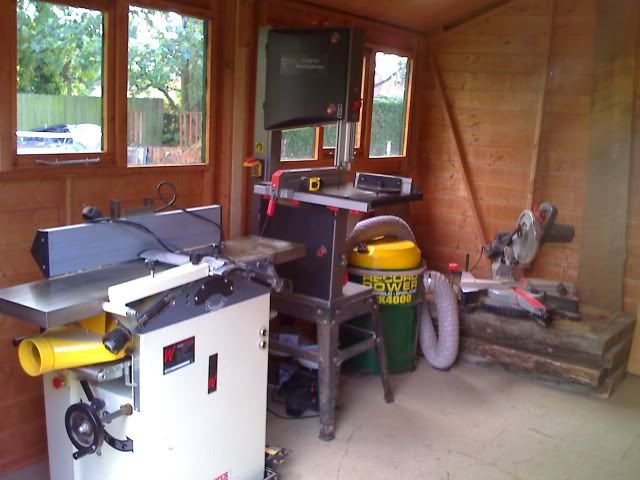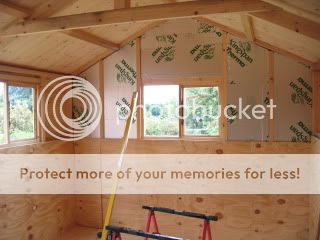motownmartin
Established Member
I have just built this small workshop down the garden and have some foil faced Celotex insulation boards arriving on Thursday, what I want to know is how do I fit them.
Do I fit them up against the tongue & groove or do I leave a gap or will it not matter.
Its mainly for soundproofing but still want to keep the damp out.
Just to show you the inside of the workshop here is a pic

Do I fit them up against the tongue & groove or do I leave a gap or will it not matter.
Its mainly for soundproofing but still want to keep the damp out.
Just to show you the inside of the workshop here is a pic



































